Activated Carbon Wine Decolorization And Purification-Heycarbons Manufacturer From China
Activated carbon is a widely used adsorbent that works well in wine treatment. Activated carbon can be used for wine decolorization: adjusting color, removing odor, clarifying liquid, and removing excess phenolic compounds.
You will get a quote in 24 hours
Activated Carbon Winemaking for Decolorization and Purification

The function of activated carbon in treating wine is mainly to remove color, undesirable impurities, purificaation and promote aging (esterification). Charcoal or bone charcoal has been used in wine treatment for a long time in Europe, but now they have been replaced by activated carbon.
When making beer, before adding hops, treating the unfermented infusion with activated carbon can reduce the protein content and improve its foam retention and the aroma of cooked beer. It is more effective to treat bitter infusion with activated carbon. Treating with activated carbon after fermentation can improve the unique aroma and foaming properties of beer and accelerate the aging of beer.
How to Use Activated Carbon for Wine Decolorization?
Determine the amount of activated carbon to add
Activated carbon wine decolorization ratio: The amount of activated carbon added is usually 0.1%~0.5% of the volume of the wine, and the best ratio needs to be determined through small tests.
Strict control should be applied to different types of wine, otherwise the natural aroma of the wine will disappear and the unique characteristics of some wines will be lost.
Activated carbon decolorization operation
Activated carbon should be made into a slurry first, and then slowly added and mixed at room temperature or under appropriate heating (such as 40~50℃) to avoid a large amount of air entering. Stir for 30~60 minutes to improve contact efficiency.
After stirring, let it stand for 12~48 hours (too long time may cause excessive adsorption of flavor).
Solid-liquid separation

- Filtration: First, filter through diatomaceous earth pre-coating to remove large particles. Then use 0.45μm membrane filtration or plate and frame filtration to ensure that there is no carbon residue.
- Centrifugation: Suitable for large-scale processing (3000~5000rpm, 10~15 minutes).
Precautions for using activated carbon for wine decolorization
- Excessive use may lead to loss of wine flavor and even affect the wine structure.
- The treated wine needs to be filtered to ensure that the activated carbon residue does not affect the quality of the final product.
- It is recommended to conduct a small-scale test first to determine the optimal addition amount of activated carbon wine decolorization ratio before large-scale treatment.
You will get a quote in 24 hours
You will get a quote in 24 hours
How Activated Carbon works?
Activated carbon removes impurities, pigments and odor substances from wine mainly through two mechanisms: physical adsorption and chemical adsorption.
Physical adsorption
The microstructure of activated carbon has highly developed pores, which give it a very large specific surface area (typically 500-1500 m²/g). These pores can effectively capture and adsorb pigments, phenolic compounds and other organic molecules in wine.
Chemical adsorption
In addition to physical adsorption, the functional groups on the surface of activated carbon (such as carboxyl, hydroxyl, etc.) can also react chemically with certain substances to improve the removal ability. For example:
Removal of browning caused by oxidation
- Activated carbon can react with oxidation products (such as certain aldehydes and quinones) to fix and remove them.
Removal of odorous compounds
- Adsorb sulfides such as hydrogen sulfide (H₂S) and methyl mercaptan (which are both byproducts of natural fermentation and may also come from additives in the winemaking process (such as sulfur dioxide)) to reduce the “rotten egg” or “rubber” odor of wine.
- Binding with phenolic compounds to reduce bitterness or moldy taste.
You will get a quote in 24 hours
You will get a quote in 24 hours
Activated Carbon For Wine Purification Benefits
Activated carbon basically retains acids, but has a strong adsorption capacity for esters, resulting in a large loss of esters. It is mainly used in the production of medium and low-end wines. At the same time, activated carbon adsorption has the advantages of small dosage, convenient operation, and low cost. It is suitable for processing various types of base wines, and can remove turbidity and certain impurities.
Activated Carbon Wine Fining-Adjust color
- Activated carbon can be used for decolorization, especially in white and rosé wine production, to remove excess pigments and make the wine clearer and brighter.
- Excessive use in red wine may affect color stability, so use with caution.
Activated Carbon Wine Fining-Improve wine clarity
Activated carbon can be used as a wine clarifier, combining with colloids, proteins or other unstable components to precipitate them and improve the clarity of the wine.
Removes odors and unpleasant flavors
- Activated carbon has a strong adsorption capacity and can be used to remove unpleasant odors such as smoke, mold, and hydrogen sulfide in wine.
- For spoilage odors or contamination caused by raw material problems, activated carbon can effectively improve the olfactory quality of the wine.
Removal of excess phenolic compounds
- During the brewing process, if the wine has too much tannin or bitterness, an appropriate amount of activated carbon treatment can help reduce these undesirable flavors.
Why should activated carbon be used during a recrystallization?
The role of activated carbon in recrystallization: Activated carbon can remove proteins that may affect the clarity and recrystallization behavior of tartrate salts. Activated carbon can indirectly promote or inhibit the recrystallization process by affecting the stability of tartaric acid.
You will get a quote in 24 hours
You will get a quote in 24 hours
Best Activated Carbon For Wine Decolorization
With the development of technology, special activated carbon varieties have been formed in the treatment of alcohol, such as special activated carbon for alcohol treatment, special activated carbon for Luzhou-flavor liquor treatment, special activated carbon for light-flavor liquor treatment, special activated carbon for melon residue liquor treatment, etc.
According to the characteristics of different types of wine, activated carbon varieties with different pore sizes are designed for selective adsorption.
The development and application of special activated carbon varieties not only enriches the activated carbon product line, but also helps to improve its application performance.
Regarding wine decolorization, heycarbons has many product types for you to choose from. For specific information, you can contact heycarbons professional staff to answer your questions.
Next, we will list several examples of product applications for you:
Wine Decolorization
A customer once bought activated carbon from Heycarbons for wine decolorization. The specific product specifications are as follows:
- Mesh: 325 or 200
- Iodine Value: min 1000mg/g
- PH 4-6
- Ash: 6% max
Activated Carbon Beer Decolorization and Purification

A customer wants to use granular activated carbon for beer decolorization and purification.
- Activated carbon can absorb excessive bitterness or astringency caused by compounds in malt and hops, making the beer taste softer and smoother.
- Activated carbon can absorb oxidized impurities, slow down the oxidation process, make storage more stable, and extend the shelf life of beer.
The specifications are as follows:
- Nut shell or bituminous coal activated carbon
- Iodine value: min 950 mg/g
- Mesh:8-30
Is Activated Carbon Safe to Drink?
Of course it is safe. For wine decolorization, heycarbons produces food-grade safe activated carbon that will not cause harm to the human body. You can use it with confidence.
If you want to know which kind of activated carbon is more suitable for your business, please contact heycarbons and tell us your specific needs and applications. Heycarbons team will provide you with the best solution.
You will get a quote in 24 hours
You will get a quote in 24 hours
Custom Heycarbons Activated Carbon Wine Decolorization
Heycarbons provides a full range of activated solutions at competitive prices.
You will get a quote in 24 hours
What Clients Say on Our Activated Carbon
Custom Heycarbons Activated Carbon
Heycarbons has proudly served the activated carbon industry with high-quality products since 2005.
You can ask customize your coconut shell activated carbon specification for your project.
- Customized size, CTC, iodine value, ash, etc.
- Personalized service and advice based on your needs and preferences. Such as acid washing , water washing.
- Cost-effective solutions customized according to customer applications. such as Ag and other precious metals.
Steps to Customize Heycarbons Activated Carbon Wine Decolorization
Consultation
By understanding your needs and requirements, our salesmen work with you to submit the appropriate activated carbon solution.
Quotation
Heycarbons expert customer service will provide you with a free quote based on your requirements as well as product specifications and quantities.
Production
Heycarbons has sufficient inventory and strong production capacity, and will report production progress to you from time to time.
Shipping
Heycarbons know you need to receive the product as soon as possible, after rigorous quality checks and protective packaging, by fedex shipping.
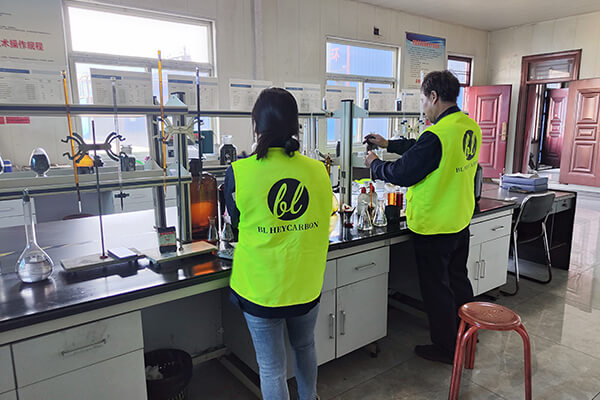
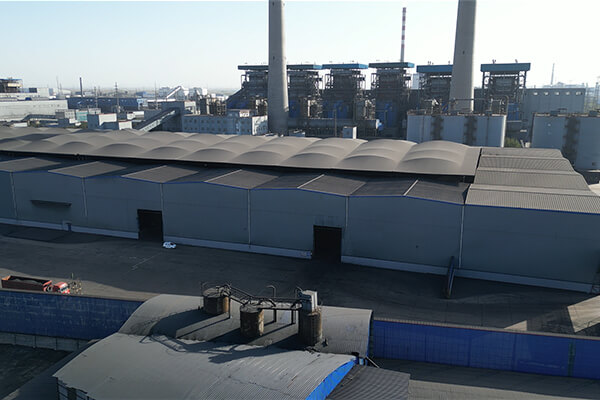
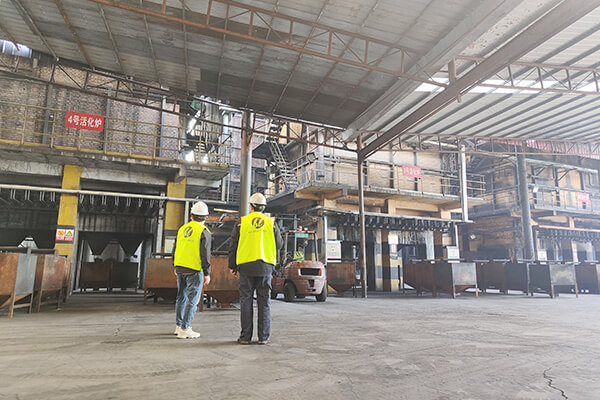

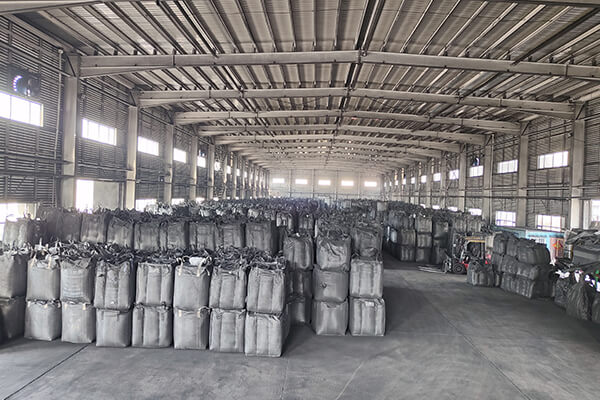
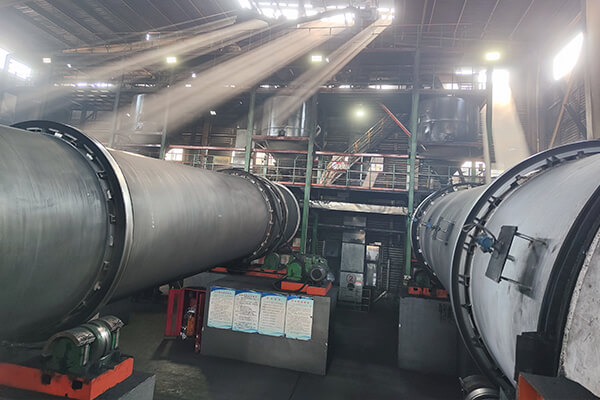



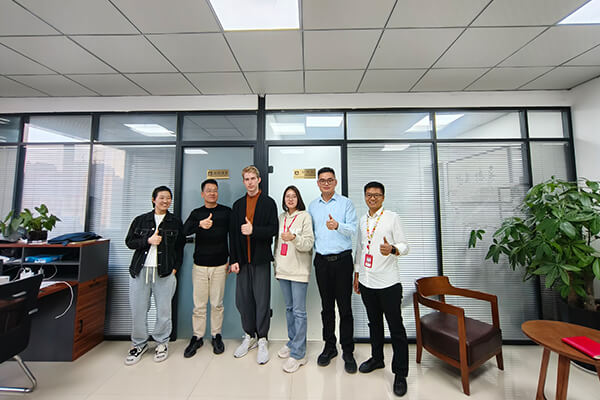

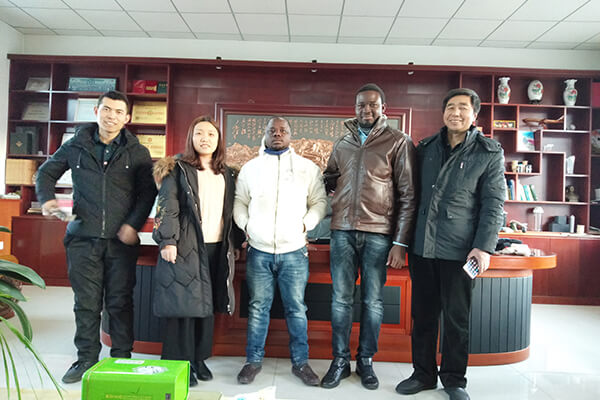
Are You Looking for Activated Carbon Manufacturers for Wine Decolorization?
Contact us for design assistance, free quote, and expert advice today.
Your inquiry will be replied within 24 working hours, and we respect your privacy.
You will get a quote in 24 hours

